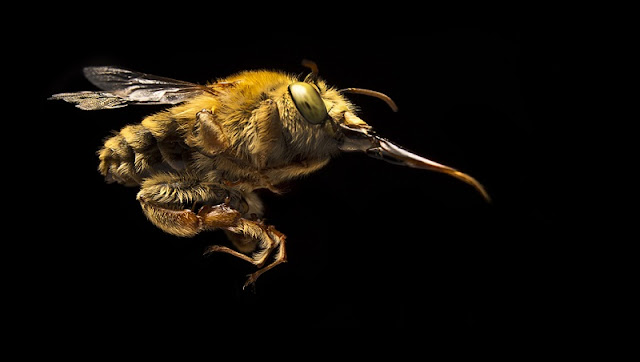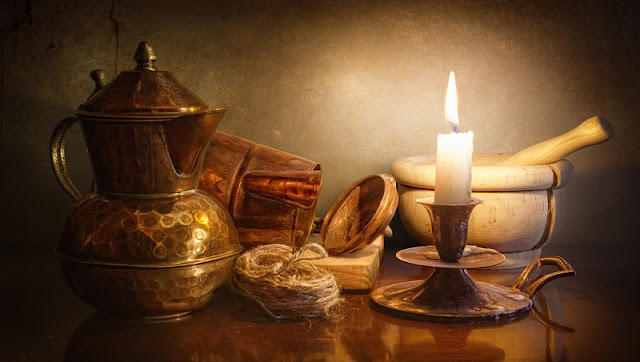Tips & Tricks

Michael's System for Good Light and a new Speedlight Giveaway
Smoking Strobes-Glamour Photo Tips


Thanks to my work for Good Light! Magazine I can give away one more pair of speedlights. This time the brand new Phottix Mitros (coming in fully featured TTL versions for Canon, Nikon and Sony). I used the speedlights in a video, in which I explain my system for mapping out a good lighting setup with lightsources like speedlights and umbrellas. I feel like it makes so much sense to have a good system for that instead of lighting by trial and error.
That's why I explain my system for good light in a quick video. Check it out:
The Mitros speedlights I used in this video are really killer! You should absolutely try to get your hands on them. The easisest way this might happen is to take a second and simply add a comment to our
This way you enter the giveaway and maybe I'll send you a Mitros soon.
I wish you good light!
-- Michael
Model: Pia Passion
Hey fellow photographer how is it going? I'm Michael Zelbel.
Today I would like to give you a reference system for whenever you ask yourself the question
"Where to position my light and where to position my model?"
I want to make it easy for you and tell you how I think about this question. In order to explain it to you
I'm building up a pretty big lighting setup but this is it's actually a simple one light setup.
I'm just opening a large 72" Phottix Para Pro shoot-through umbrella and
I power this baby with two speedlights.
These are Phottix Mitros speedlights with guide number 58 but I run them on 1/4 of their power
because this way I never ever have to wait for a speed light to recycle even when I shoot pretty fast.
Now having the big lighting setup the million-dollar question is: "Where to position my light?"
The way I think about that is this: I imagine a clock face with times like 12 o'clock, 6 o'clock and so on.
I imagine this clock face just around my model. She is standing in the middle and
she might face to 7 o'clock with her body and her face, but she could face to any time.
My camera is always at 6 o'clock. It's always shooting from 6 o'clock towards 12 o'clock.
This is just how I think about it keep that in mind.
Now having this setup I can easily express where my light might be positioned.
It might be positioned at 7 o'clock shooting pretty dead-on to the model and
giving a relatively flat light to a camera, which would be at 6 o'clock.
Now not much time difference between the two means not much shadow is involved.
I could also move my light to 9 o'clock. Then it's side lighting.
It's one of my favorite lightings because it produces a lot of interesting shadow play.
Now you could go on you could put the light to 10 o'clock so it comes from the backside.
For our model facing to 7 o'clock it's lighting right through her body.
You could go crazy and put the light at 12 o'clock then its complete backlighting,
making the model a silhouette.
You already see with that system its very easy to express different situations and
it also makes it easy for me in my head to somehow quantify "How do I want to change the setup?"
I don't do it like "oh let's rotate the speed light a bit to the right or a bit to the left"
or "let's turn the model a little bit clockwise" or whatever.
In my mind Im thinking about concrete times and this way I have got reproducible results
because I know what the light looks from 8 o'clock,
I know what my light looks from 9 o'clock I have done that I've seen it and
I'm using this as a reference system in my mind.
If that's new to you them you need to build at this mental reference
but that's easy just make a couple of example shoots.
Start by using a lighting setup which you like and just rotate your model.
Let it start with pretty dead on position. Her body in this shoot its turned to 5 o'clock so its pretty dead-on.
Turning her directly to 6 o'clock would be like this.
This is how the model looks totally square to the camera.
It's like something you would do for shooting fashion but not for anything else.
Go on and just play around with it. Turn your model to 7 o'clock. Turn her body to 8 o'clock.
What does it look like now? Now its becoming really three-dimensional.
Go on and go crazy. Turn your model to 2 o'clock.
Then you have an interesting view from her backside and
notice that her face and her body usually have three hour "time difference", so to speak.
Meaning her body might be turned to 4 o'clock while her face might be turned to 7 o'clock.
This is a pretty special position where the chin pretty much meets her shoulder and its working wonders.
Now the one thing, which is even more important than the model,
is the light and the system is also awesome to express where the light is.
I will just use the big light source and turn it around the model.
If the light source is next to the camera its 7 o'clock,
then light is pretty flat but with some shadow play happening.
Now we are turning it around further more to 8 o'clock and more shadow is happening.
At 9 o'clock one of my favorite lightings, a lot of shadow play happens and so on.
From behind, from 10 o'clock it will make an outline of light around your model and
if you completely go around to 12 o'clock then there's back lighting - your model is a silhouette...
unless you've put up a reflector let's say at 7 o'clock right next to the camera and reflect a lot of light back.
This leads us to the next thing about my system:
It does not only work for the model and the one-light setup.
It could also easily express a Two- or a More- light setup. It's working for all of that.
However, this clock system, as simple and easy as it is, it might not be the best for you.
Maybe you have got another system.
Maybe you like another system and that is okay that is perfectly all right.
Just the important thing that I want you to do is use A SYSTEM.
Use any system which gives you a real reference of what you are doing,
and with which you can easily build up a visual reference of how your light looks from which position,
and which makes it easy for you to add on new positions,
lighting positions and model positions and all of that.
I want you to build up the reference for your photography in your mind
or in your Evernote notebook or in your paper notebook whatever tickles you fancy.
I hope I can motivate you to do that and for the photo shoots you do, for practicing or
finding out about your lighting setups and building up your reference,
like always, I wish you good light!
[model joking] "Without tattoo - with tattoo - without tattoo - with tattoo..."

























